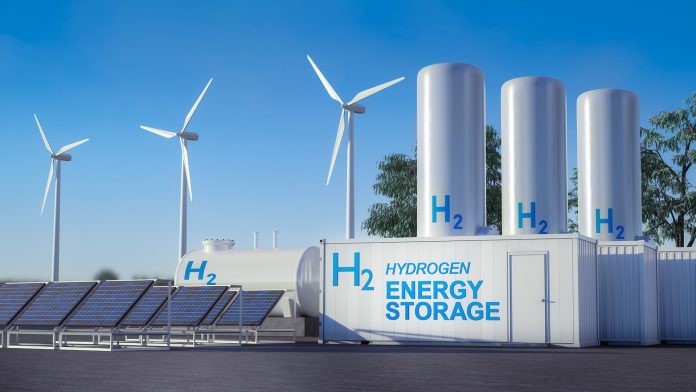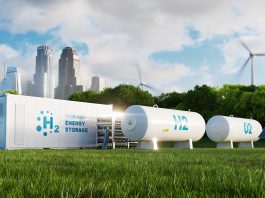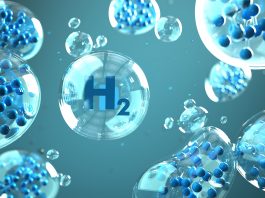The US Government has revealed the locations for the country’s first seven regional clean hydrogen hubs.
The clean hydrogen hubs, also known as H2Hubs, are supported by $7bn funding and will be launched across the US to accelerate the deployment of low-cost, clean hydrogen nationwide.
The H2Hubs are estimated to generate three million metric tons of hydrogen each year – nearly a third of the US’ 2030 production target to help reduce emissions from hard-to-decarbonise industrial sectors that produce 3% of the country’s carbon emissions.
The regional clean hydrogen hubs will reduce 25 million metric tons of carbon dioxide emissions from end-uses annually – equivalent to the yearly emissions of 5.5 million petrol and diesel-powered vehicles.
The H2Hubs will also provide a host of economic benefits for local communities and create a range of lucrative job opportunities.
Commenting on the announcement, US Secretary of Energy Jennifer Granholm, said: “Unlocking the full potential of hydrogen – a versatile fuel that can be made from almost any energy resource in virtually every part of the country – is crucial to achieving President Biden’s goal of American industry powered by American clean energy, ensuring less volatility and more affordable energy options for American families and businesses.
“With this historic investment, the Biden-Harris Administration is laying the foundation for a new, American-led industry that will propel the global clean energy transition while creating high-quality jobs and delivering healthier communities in every pocket of the nation.”
Where will the clean hydrogen hubs be located?
Clean hydrogen will be essential in accelerating the green transition as this flexible energy carrier can be produced from a wide range of clean energy sources, such as renewables, nuclear, and fossil resources with safe and responsible carbon capture.
These characteristics will enable the H2Hubs to decarbonise sectors with high emissions, such as chemical and industrial processes and heavy-duty transportation.
The clean hydrogen hubs may also be used for long-term energy storage to help the renewable energy industry grow.
The first seven H2Hubs include:
- Appalachian Hydrogen Hub;
- California Hydrogen Hub;
- Gulf Coast Hydrogen Hub;
- Heartland Hydrogen Hub;
- Mid-Atlantic Hydrogen Hub;
- Midwest Hydrogen Hub; and
- Pacific Northwest Hydrogen Hub.
More information about the selected clean hydrogen hubs can be found here.
Unlocking economic benefits
The H2Hubs represent a significant investment in the US workforce, creating highly-skilled jobs and providing economic opportunities across the nation to create an equitable and inclusive clean energy future.
Each of the clean hydrogen hubs was required to develop and implement a comprehensive Community Benefits Plan (CBP) that will be informed by early and meaningful community and labour engagements.
Additionally, the Justice40 Initiative will ensure that 40% of the overall benefits of the H2Hubs will positively impact disadvantaged communities that are marginalised by underinvestment and disproportionately impacted by pollution.
Moreover, the Department of Energy (DOE) will co-host virtual community-level briefings for each H2Hub to provide local communities with a forum to learn about and provide input on the selected projects.









